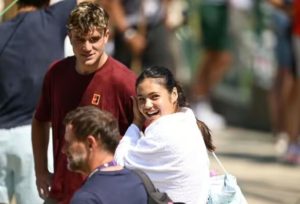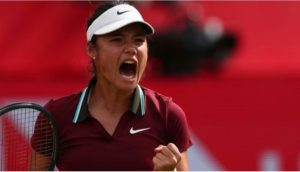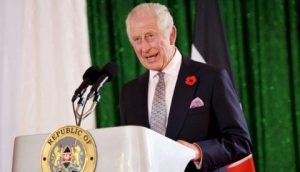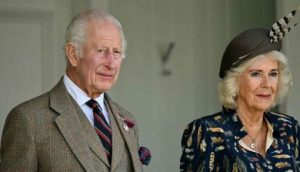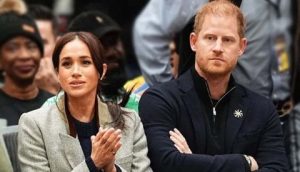
Wherever you place his 2023 season all time, there’s one important metric that can’t be worked into any number-crunching ranking formula.
A journalist at the recent ATP Finals, citing Novak Djokovic’s outstanding record and record-extending eighth year-end No. 1 ranking, asked him if 2023 was possibly the best year of his career.
Djokovic, the 24-time/all-time Grand Slam singles champion, replied: “One of the best years. I wouldn’t say the best, but one of the best. I mean, the fact that I’ve won three out of four Slams and played a final the fourth and it’s still not the best year of my life, it’s quite nice to have that kind of situation.”
Indeed.
Djokovic’s 2023 ranks among his greatest seasons which, not coincidentally, also means it rates highly among the greatest seasons in tennis, period. Yet while 2023 is certain to occupy a place high on his personal spreadsheet, Djokovic was not as prolific as in other years over the entire 12-month period. Just exactly where Djokovic’s year ranks in the big picture would be prime fodder for barstool wars, but in this information-rich age, it’s much easier to work out credible, if not necessarily inarguable, data-based answers to that question.
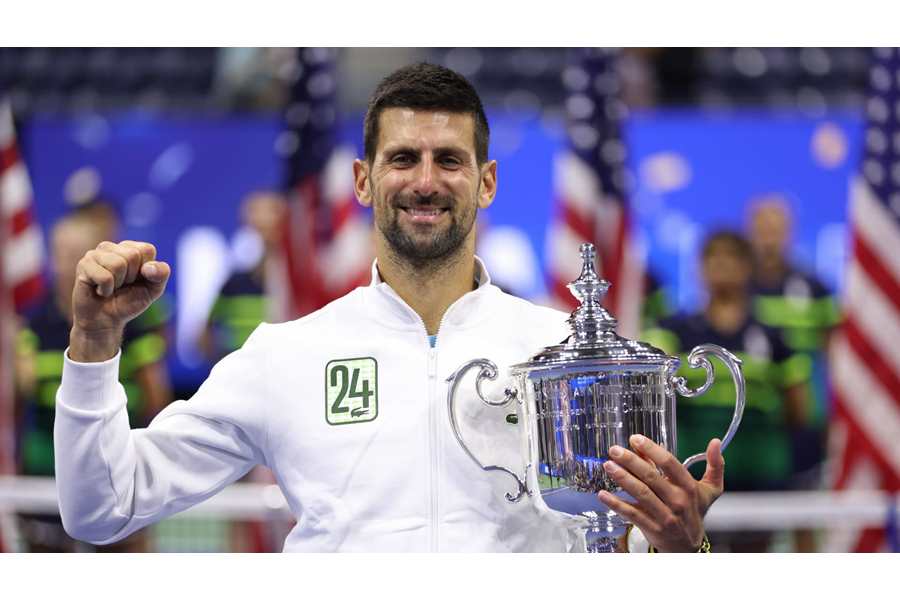
In early 2016, The Financial Times developed a sophisticated formula to rank the four best seasons by male players, with Djokovic’s 2015 earning the top place. That was followed, in succession, by John McEnroe’s 1984 and Roger Federer’s campaigns in 2005 and ‘06. A case for fifth place could have been made for any number of players, ranging from Rod Laver (1969) to Jimmy Connors (1974) to dominant years by Rafael Nadal and Ivan Lendl. Djokovic claimed the top spot, but the most dominant dominator up to that point was Federer.
The line-up is different now. A different media entity, The Ultimate Tennis Statistics website, worked up a comprehensive and seemingly bias-free points-based formula to evaluate annual production. It has Djokovic occupying the top spot (2015) as well as the No. 5 spot (2011). Rod Laver places No. 2 on the strength of his glorious 1969, followed by Roger Federer (2006) at No. 3 and John McEnroe at No. 4 (1984).
Don’t blow any gaskets, Federer fans. Nadal didn’t even make the list until his 2010 year landed at No. 9. And Federer still holds four of the top eight places, including Nos. 6, 7 and 8 for, respectively, 2007, ‘04, and ‘05). This UTS ranking incorporates many next-level considerations, but the bulk of a player’s points comes from performances in the most important tournaments: the majors, the tour championships and Masters 1000 events.
Given all that, some might still find it surprising, if not infuriating, that Djokovic’s 2023 is ranked just No. 15—just behind Andy Murray’s 2016 season, in which the Scot finished second in two majors, won Wimbledon and collected an Olympic singles gold. It seems like an anomaly, yet it represents a critical reality about the “best year” debate. First and foremost, it is—or should be—about domination. It is about the degree of a player’s week-in, week-out, take-no-prisoners, I’m the hammer (and you’re just a nail) consistency. It’s about volume—output, if you prefer.
https://x.com/Tennis/status/1731606014712328196?s=20
That helps explain how McEnroe has managed to hang onto his UTS No. 4 position despite having won just two majors in his dazzling 1984. McEnroe won 13 events that year on a record of 82-3, for a winning percentage (96.5%) that has not been—and may never be—equaled. Djokovic’s best WP (93.2%, 2015) was close, but Federer had better winning percentages than that in two of his best years, 2005 and ’06. Djokovic’s recent loss to Jannik Sinner at Davis Cup dropped his 2023 record to 55-7, a winning percentage of 88.7.
The “problem” with Djokovic’s 2023 is that while he dominated when he did play, his schedule prohibited a volume of wins high enough to boost him higher on the UTS scale. The man himself suggested that he didn’t feel “very dominant,” at least not the way he had in those earlier glory years.
But there’s one important metric that can’t be worked into any number-crunching ranking formula: his age. That Djokovic himself seems not to consider it a factor, provides a valuable clue to how his mind works. His accomplishments in 2023 at age 36 don’t influence the ranking system, but they are as mind-blowing as any quantifiable feat.
Among the most prolific champions, McEnroe and Federer were both 25-years-old when they produced their most dominant seasons (by the UTS metric). At their apexes, Nadal (ninth best season overall) was 24, Ivan Lendl (10th best) was 26, and Bjorn Borg (11th best) was 23. Laver is something of an outlier; he turned 31 shortly before he completed his historic calendar-year Grand Slam in 1969. Yet after that magical year (he hauled in 16 titles) Laver only got as far as the quarterfinals of a major just once before he retired.
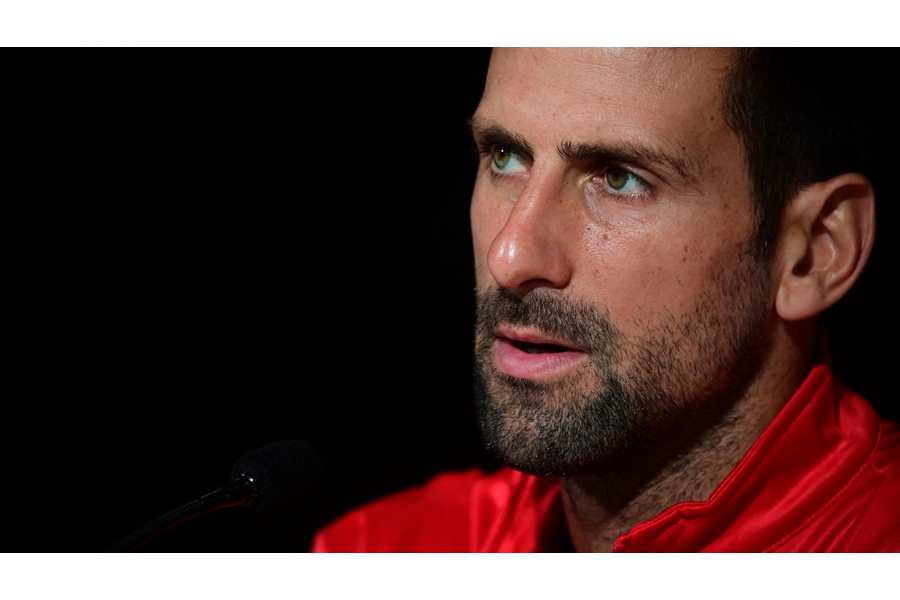
By contrast, 36-year-old Djokovic ended 2023 looking as sharp and fit as he’s appeared at any previous time in his career and, barring some catastrophe, he will sally forth at the Australian Open in January as the odds-on favorite. Djokovic appears fully capable of repeating his success of this year in 2024.
“He looks like he’s 26 or 27,” his 26-year old rival Alexander Zverev said at the ATP Finals. “He might be in even better shape than he was 10 years ago. It doesn’t really even seem that he looks like he’s going to stop.”
It appears Dokovic stopping may be the most fervent hope of his rivals, but it’s clearly the farthest thing from his own mind right now. Those who marveled at how he can keep himself motivated, or how he can possibly top the year he just completed, got their answers when Djokovic told reporters in Turin: “Well, you can win four Slams and the Olympic gold medal (the upcoming summer Olympics in Paris are coming up).”
Only Djokovic can say something that presumptuous without raising eyebrows. It’s the kind of comment Federer would have gotten away with during the peak of his career. It’s the kind of thing a GOAT candidate, be it Djokovic, Serena Williams, or Tom Brady can say. In fact, Djokovic’s humble brag in Turin about his “quite nice situation” was reminiscent of Brady’s reply when he was asked which Super Bowl win was his favorite.
“The next one,” Brady said.
That’s just where we are with Djokovic.
